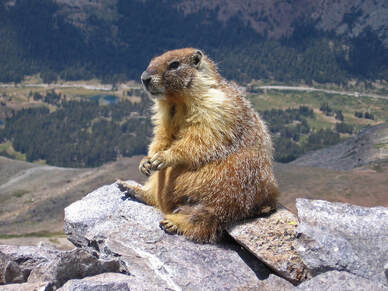 Photo Credit: Inklein via Wikipedia Photo Credit: Inklein via Wikipedia Today was our first siting of an animal burrow at Galena! Although we don't know for sure, this hole appears to be some sort of rodent recently awakened from hibernation! Spring must be here! Marmots are one such rodent that hibernate through winter, or sometimes even up to 8 months of the year. Since winter in the mountains has such limited amounts of food, marmots enter a deep sleep in order to conserve the precious fats they’ve built up during the previous summer and fall months. Marmots are able to “sleep” for so long because their heart rate drops from 100 beats per minute, to 4 beats per minute. They also reduce their breathing to just one breath every few minutes! Marmots are also the heaviest species in the Squirrel family, and so, need an impressively sized hole to keep them safe. Some marmot hibernation dens have been to found to be over 20 feet deep! Imagine how you would feel if you didn’t eat for 8 months and only took a deep breath every few minutes! Now imagine doing all that while curled up in a hole, 20 feet underground! Nature is so cool!
1 Comment
3/31/2020 0 Comments Trail Highlight: Jones Creek LoopOur most popular hike is the Jones Creek Loop, a 1.7 mile trail that follows Jones Creek on the north and takes you through the forest in the south. The trail is shaded by large Jeffrey Pines, accompanied by Aspens, Mountain Mahogany, Douglas-firs, and Cottonwoods. Though it is very popular, the trail maintains a small environmental impact, being unpaved and relatively narrow; the perfect size for a pair of hikers or a hiker and a pup. This is also a great connector trail, taking hikers to the Jones-Whites Creek Loop, the Whites Creek Trail, and down to the Bitterbrush Trail in the southern part of our park. The signs posted throughout the trail make it hard to get lost, but fellow hikers will always lend a hand in directing you where you need to go.
Because this trail is mostly along a creek, it’s a great place to see wildlife (or evidence of wildlife) and many of the plants we have in the park. It’s also a great place to splash around and check out aquatic invertebrates in the summer. This is a great trail to do with rambunctious kids; the hiking will keep them physically busy and the ecology, geology, and natural history will keep their brains busy. When they (finally) need a break, you can stop at one of the picnic areas right off the trail or plop down on a log and eat some snacks and drink water. If you haven’t done the Jones Creek Loop, check it out the next time you are here! 3/30/2020 2 Comments Our WatershedWe all live in a watershed, the one for our area (Reno, NV) is the Truckee River
Watershed. A watershed is the land area that drains to a common body of water. Watersheds provide drinking water, habitats for wildlife, water to grow our food, and places to recreate such as fishing, swimming, and boating. The Truckee River is the only outlet of surface water for Lake Tahoe; the river then flows 120 miles where it ends at Pyramid Lake. Most of the stream flow for the Truckee River comes from snowmelt from the Sierra Nevada’s. But not all of this snowmelt goes into the river; it is also absorbed into the ground, this groundwater is called an aquifer. The meadows and forests are also an important part of the watershed. Meadows help remove pollutants and prevent soil erosion that interferes with aquatic life. Forests also help prevent soil erosion and absorb carbon dioxide in the watershed. Our watershed is necessary for us, animals, plants, and everything else to live here. It is working hard for us so we need to also care for it. Pollution runoff from fertilizer, oils, road salts, household chemicals, mining materials and more can enter the watershed. With climate change and the overuse of water droughts occur in watersheds and can lead to lowering the amount of water in the entire watershed and the flow of water as well as changing the chemical composition that supports the life in it. What we can do to help save our watershed is to prevent pollution in the first place. We can be conscious of where our used water goes and how much we are using. We are all in this together; let’s show our Truckee River Watershed that we love it! 3/30/2020 0 Comments Early Bloomers
|
AuthorThis blog is managed by the staff and volunteers of Galena Creek Visitor Center. We write about parts of the natural world that we find fascinating and want to teach others about, as well as keeping you updated on the Visitor Center and park. If you want to learn more, please sign up for our monthly newsletter, where we share upcoming events, updates on the ecology of the park, and highlights from each month. Archives
October 2021
Categories |
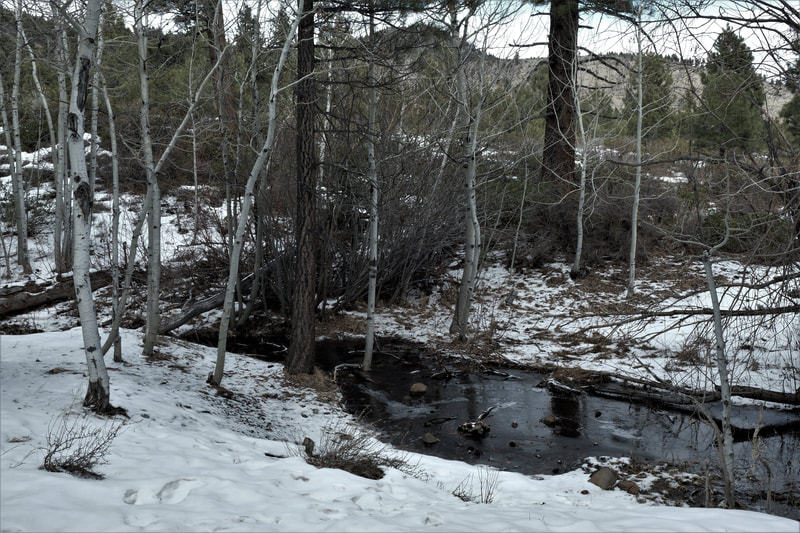
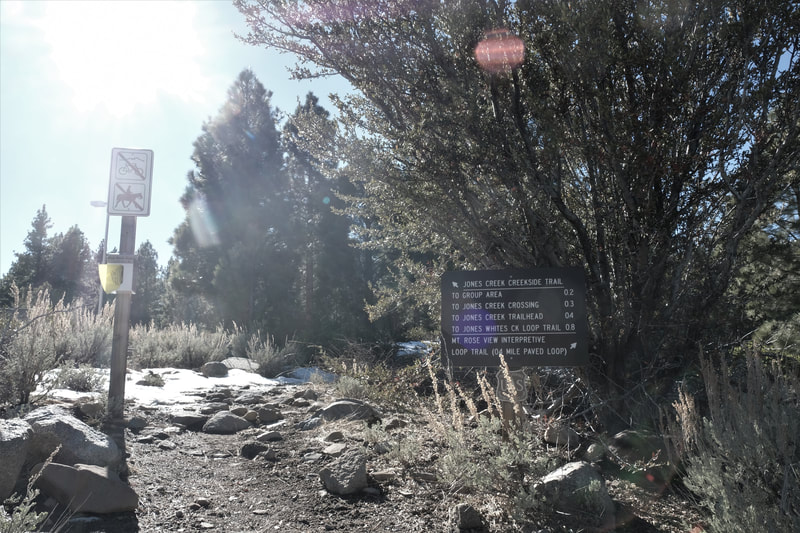
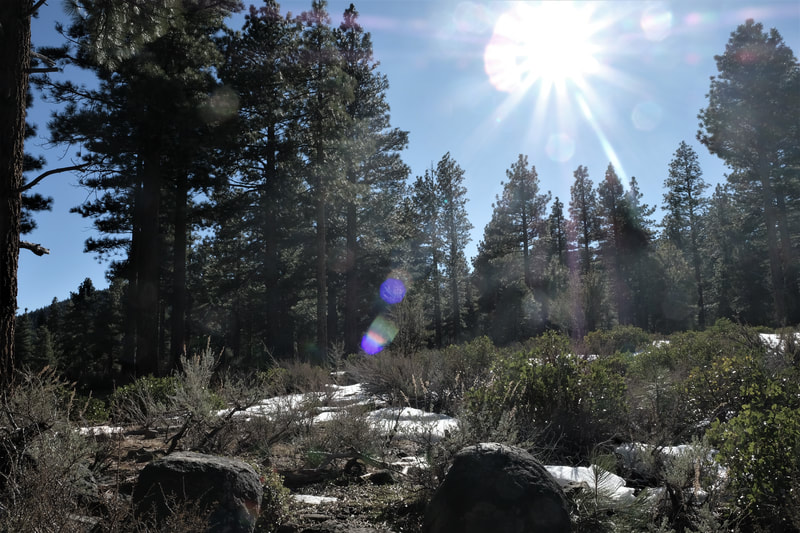
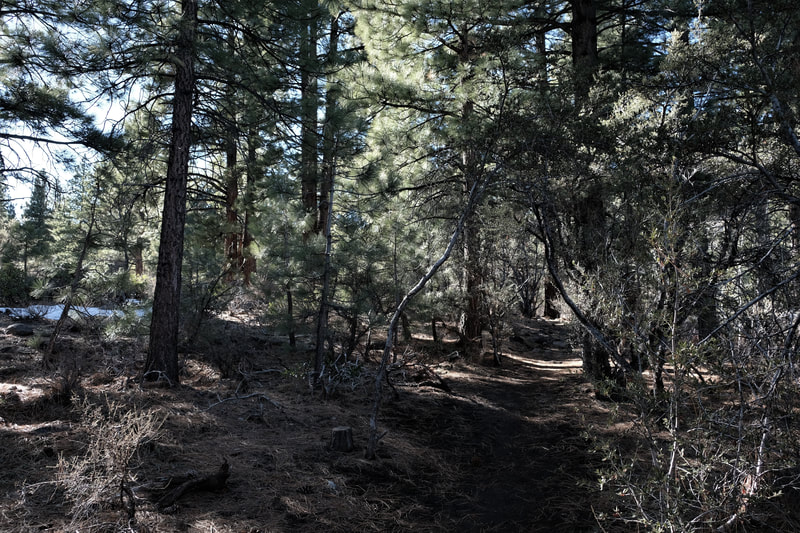
 RSS Feed
RSS Feed
